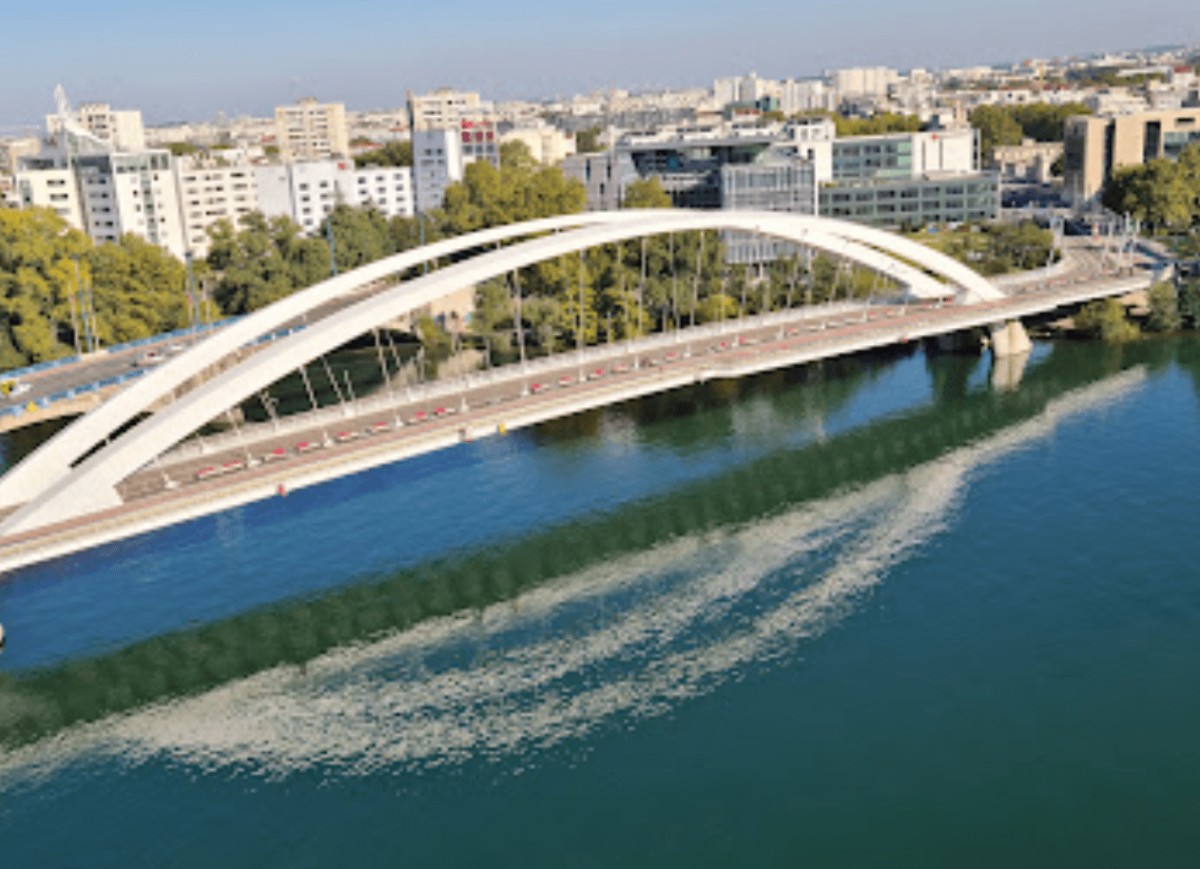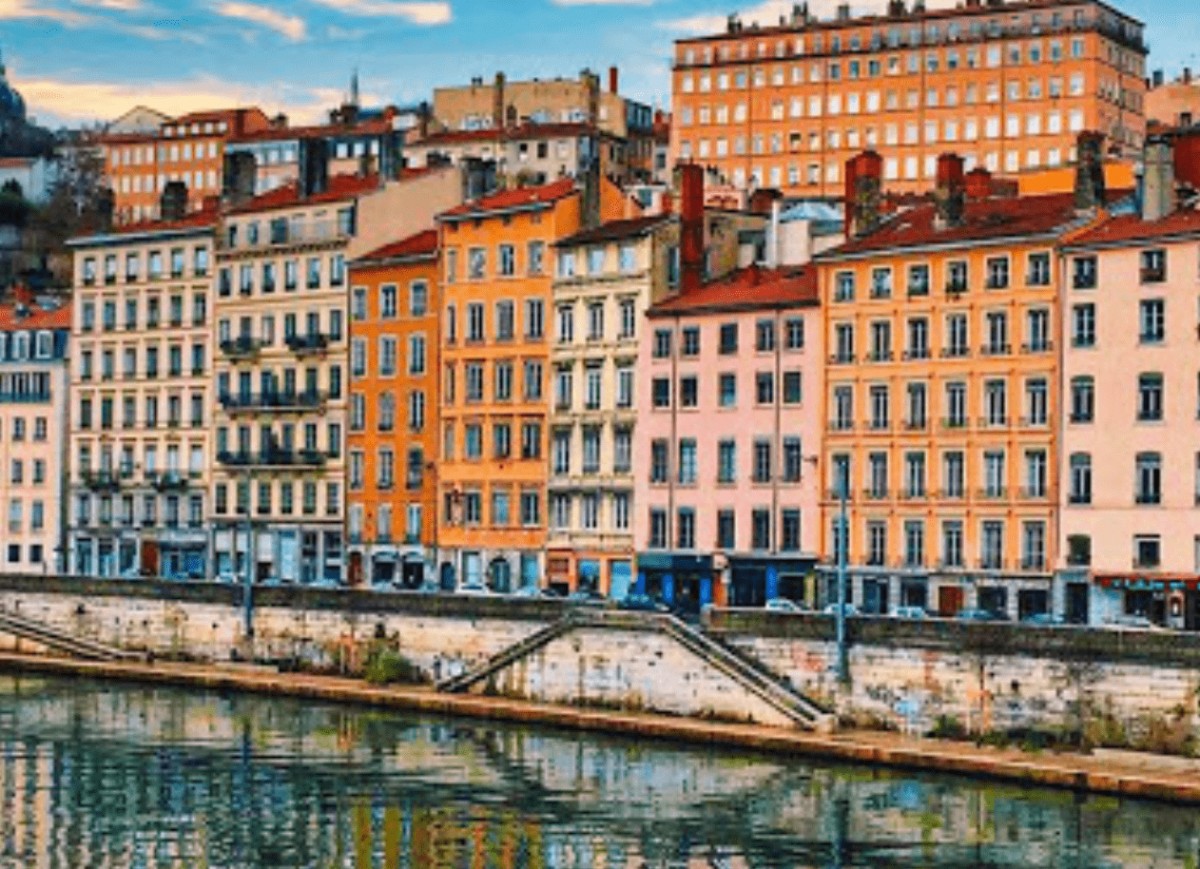Lyon - city of weavers
The administrative center of Rhone department, Lyon, is located at the confluence of two rivers - Rhone and Saone. Founded by the Romans in 43 BC. The city has existed for more than 2000 years. Lyon was the capital of Roman Gaul until the collapse of the empire. Representatives of 60 Gallic tribes attended festivals and meetings held in this city. Their entertainment was very cruel. In 177, Emperor Marcus Aurelius ordered the execution in public of 43 Christians, now we know them as the "Martyrs of Lyon".
Experienced travellers prefer to book a car in France beforehand online, compare rates, rating and reviews. For example, in Lyon airport you can book a compact car for nearly 15 euros per day, in Airport CDG rates start from 11 euros a day.

The right bank of the Sona is occupied by the historical part of the city. The Italian merchants who lived here from the beginning of the 14th century had a great influence on the formation of this part. 300 years later, Place Bellecour was created in Lyon, now it is the main attraction of the city. The center of the square is occupied by a statue of Louis 14, on the pedestal you can see allegorical images of two rivers. Rona is a man, Sonna is a woman. There is also a fountain on the square, which operates all year round. Only severe frosts can contribute to its shutdown.
On Brokant-Stalingrad Street, you may be interested in the antique market. It ranks third in size among European markets. The range of goods is simply amazing: you can find works from both the Renaissance and the middle of the 20th century. The cost of antiques is affected by the time of creation of a masterpiece.

Lyon was known as the city of weavers. It received this name due to the translation from the French name of the Croix-Rousse hill on the outskirts, where the weavers settled.

Lyon met the end of the 19th century with the presence of 50 thousand looms. The development of silk weaving gave rise to the creation of special passages along which it was convenient to move bales of silk. These same passages were used by the French Resistance during the Second World War.
The Lumiere brothers were also residents of Lyon. The street on which their family mansion is located, and now the museum, is called "Street of the First Film".
